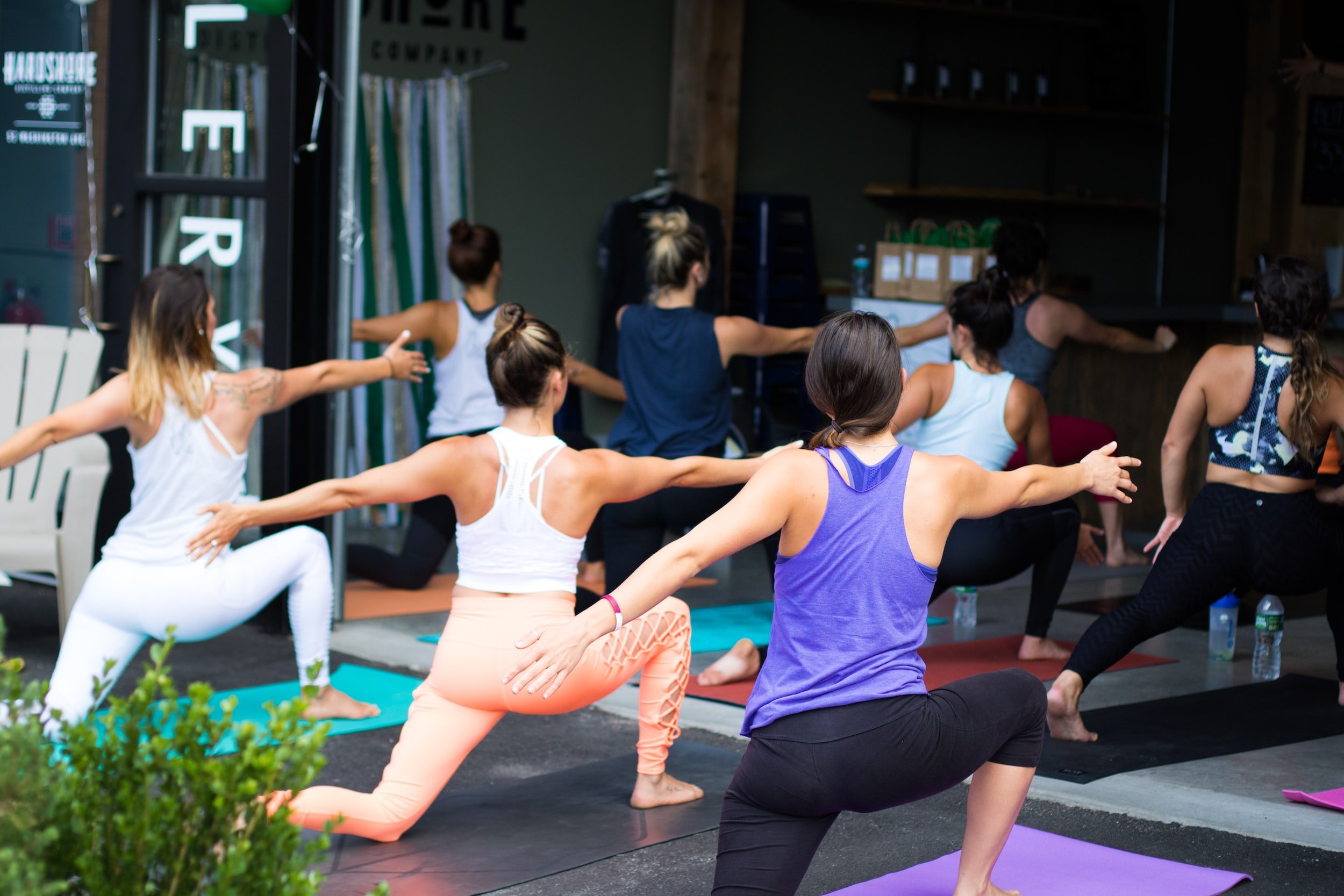Does Yoga Improve Varicose Veins?
If you have varicose veins, you may have considered yoga as a possible solution to getting rid of the pain, swelling and other symptoms of having varicose veins, but can this ancient practice of yoga actually get rid of your varicose veins?
Although yoga offers many benefits, it does not prevent or cure varicose veins. Yoga does, however, help gain flexibility, muscle strength and improved circulation which leads to the relief of the discomfort caused by varicose veins.
You should always check with your vein specialist before starting any exercise regimen, but yoga can be a part of an overall program to address varicose vein symptoms.
Yoga and Varicose Veins
The main purpose of yoga is to promote relaxation and reduce stress while also toning muscles and improving posture. For those reasons, yoga can actually alleviate the leg soreness and swelling caused by varicose veins.
When those defective valves fail to pump blood back to the heart, a backlog of blood collects within the vein wall, stretching the vein to the point where it pops out from under the skin as a varicose vein. Since yoga promotes optimal blood flow, yoga can be beneficial if you suffer from the painful side effects of varicose veins. Yoga poses that elevate the legs and encourage blood to flow upward against the force of gravity offer the most benefits.
Here are three yoga poses to try:
Mountain Pose
This basic yoga pose aligns your body in proper posture and strengthens your legs as well. While this may seem like a simple pose, this pose requires a focus on each part of your body from your toes to your shoulders. Begin by standing with your big toes touching, and then lift and fan out your toes. Drop back down again and press your feet and calves into the floor. Then engage your front thigh muscles, which will raise your kneecaps. As you maintain the natural curve of your spine, draw your stomach in slightly. Widen your collarbones, making sure your shoulders are above your pelvis. Shrug your shoulders up to your ears and then roll them back down. Let your arms hang down with elbows slightly bent and palms facing forward. Keep your neck long, but don’t tuck it down or up as your head raises to the ceiling. Hold in this position for five to 10 seconds.
Shoulder Stand
By inverting your body, you’ll drain the blood from your legs back up to your heart. Recline on a yoga mat, lifting your legs up straight as your hands support your hips. Gently roll your body weight onto your shoulders. Then lift your upper body up, but keep your upper back and head on the floor. Stay in this pose for five minutes and then release.
Legs Up the Wall
This yoga pose elevates your legs and pushes blood to the heart, reducing stress on the leg veins. As you lie on a yoga mat, inch your legs up on the wall until they’re at a 90-degree angle, keeping your hips and bottom as close to the wall as possible. Hold this pose for five to 15 minutes.
These are just a few yoga poses that are beneficial in reducing varicose vein pain and swelling. Talk to your yoga instructor about poses specifically designed to boost circulation. Usually, low-intensity yoga based on gentle stretching and transitions are the best. Avoid strenuous workouts, such as ashtanga and power yoga because those could strain your veins.
Hot yoga, which is yoga where you pose in extreme heat and humidity, is not recommended for patients with varicose veins as well. Heat actually widens the veins, causing them to overflow with blood, which in turn increases the symptoms and appearance of varicose veins.
Although yoga and regular exercise may ease varicose vein pain, the only long-lasting cure is medical treatment. Contact us today for a consultation with the vein specialists at Elmore Medical.
Elmore Medical Vein & Laser Treatment Center is the premier vein specialty medical practice in the Central Valley. Dr. Mario H. Gonzalez and his staff offer years of experience and medical expertise that you won’t find anywhere else. Contact us to set up a consultation appointment.

